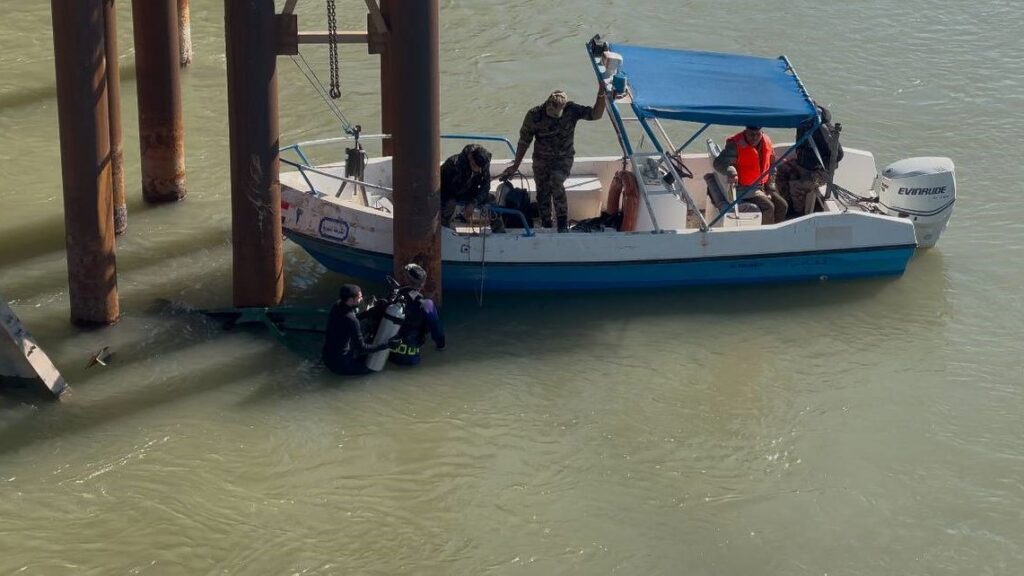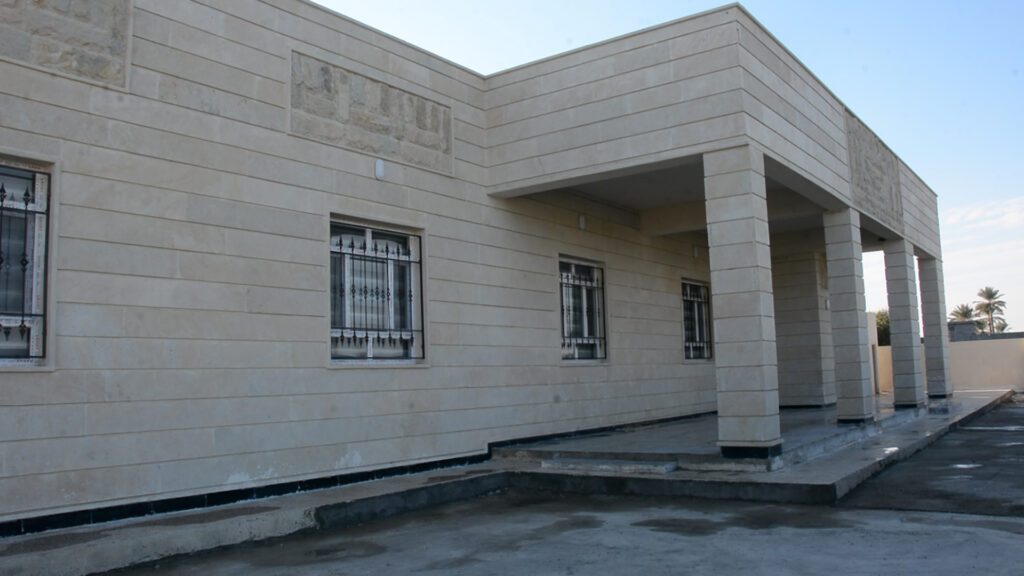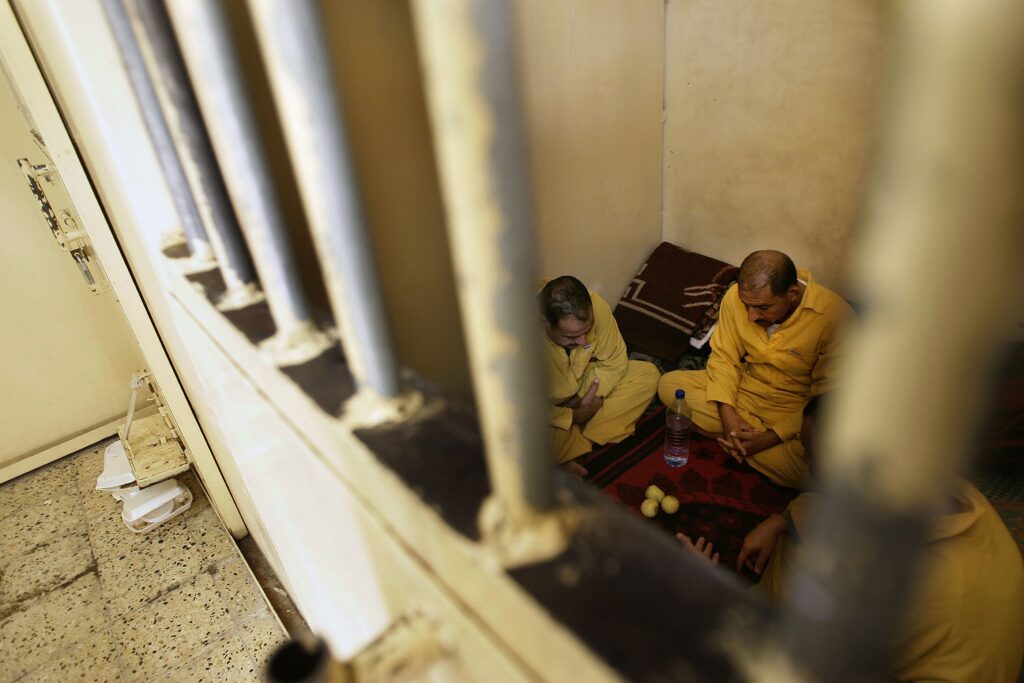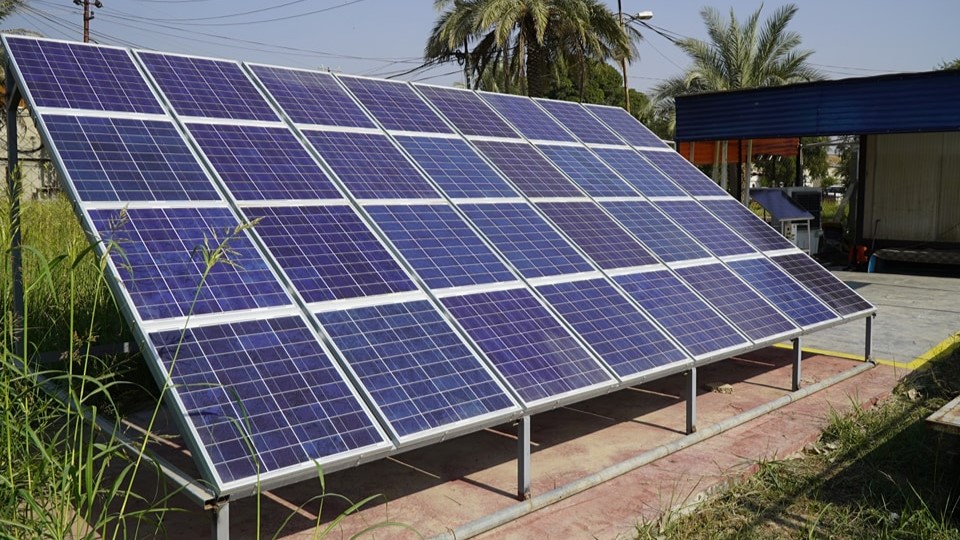Syrian Arab Republic: Syria: Humanitarian Response in Al Hol camp, Situation Report No. 5 – As of 5 July 2019
This report is produced by OCHA Syria in collaboration with humanitarian partners. It covers the period from 30 May to 1 July 2019.
Situation reports on Al Hol camp are published monthly. The next report will be issued in the beginning of August 2019.
HIGHLIGHTS
• The camp population is at 70,097 individuals or 19,824 households, as of 26 June; more than 90% are children and women. The decrease in numbers from 73,782 four weeks ago, is the result of updated distribution figures, a slight increase in repatriation of 3rd country nationals and the return of hundreds of internally displaced Syrians to Raqqa governorate.
• A total of 35 humanitarian partners; UN agencies and other humanitarian organisations, are delivering a range of services and activities in the camp. Needs remain considerable across all sectors; such as in protection, health, water, sanitation and hygiene, shelter and education. Water quantity and quality, poor hygiene conditions, inadequate feeding habits and limited health services pose challenges.
• Past month has seen a slight increase in acute malnutrition, and a sharp increase in acute diarrhea. However, overall emergency thresholds have not been breached and assistance efforts remain within SPHERE standards.
• Three field hospitals are now operational in the camp, in phases 1, 4 and 7, providing in-patient care. None of the hospitals operate at full capacity, mainly due to the absence of a blood bank, recruitment issues, licence approvals and delayed medical equipment, impacting the number and type of surgeries. A blood bank is being opened in phase 1.
• Relocation of camp residents from phase 7 to phases 6 and 8 is ongoing, although at a slower pace than planned.
Some of the newly relocated IDPs moved their tents back to the previous location, citing lack of services in phases 6 and 8. A newly established distribution site should ease access to assistance and encourage people to relocate. With approx. 50 families relocating per day, the process is likely to take around four more weeks.
• A number of member states have repatriated children to their countries of origin in past weeks, while thousands still face an uncertain future.
• According to Camp Administration, Iraqi authorities have issued a clearance for the return of more than 2,000 families from Al Hol to Iraq, out of more than 8,700 Iraqi households in the camp. The UN has not yet been able to confirm this information with counterparts in Iraq and the timing remains unclear. A number of camp residents from Deir-ez-Zour are currently being registered so they can return to their areas of origin. No tentative date has been set for their return. The overall procedures for returns of IDPs and other camp residents remains unclear.
• Humanitarian access to the annexes hosting some 11,000 foreign nationals, who are not Iraqi nor Syrian, has slightly improved although it remains restricted, particularly in the evening and during night time - and continues to impact and prevent delivery of services 24/7. More approvals are being granted to humanitarian actors to access the annexes and one INGO already has a static health center in an annex.





